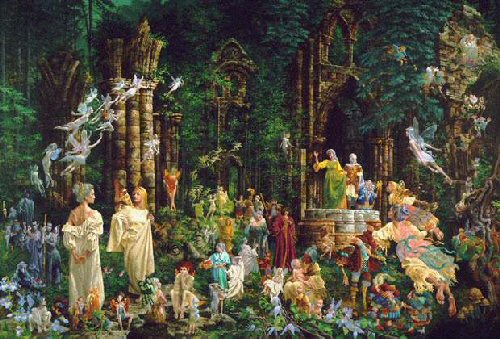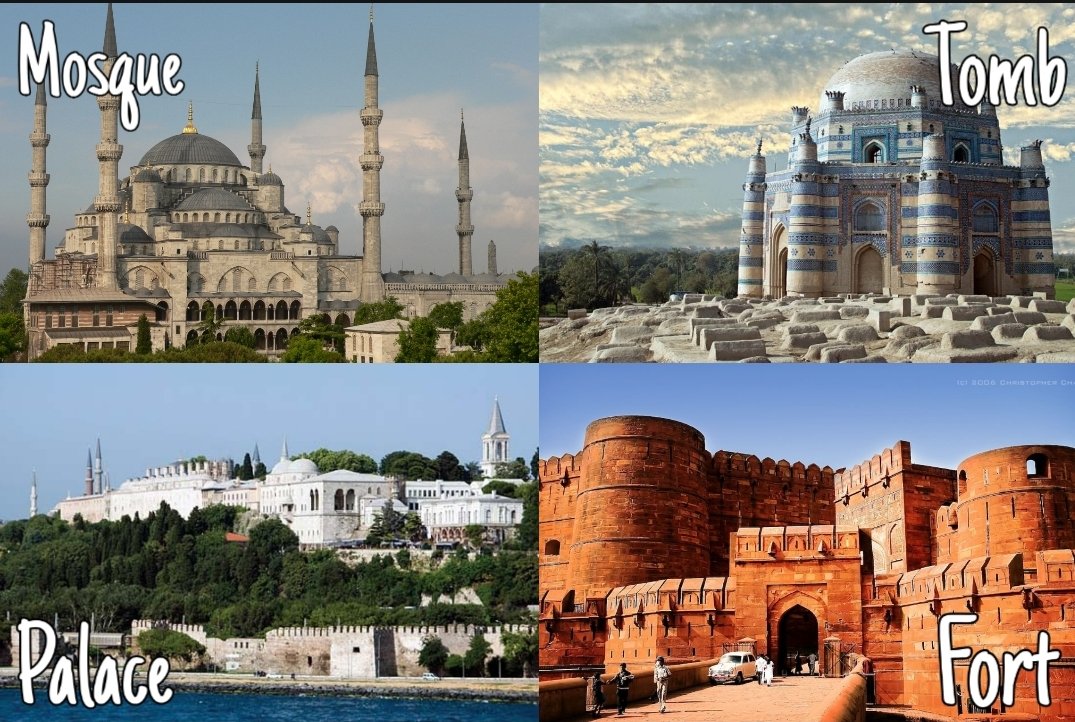
Time for a thread on ✨TRICKSTER GODS ✨ and ✨ TRICKSTERS IN MYTHOLOGY ✨ featuring brief descriptions of twelve of my favorite mythological tricksters from around the world 🪄 1/ #FairyTaleTuesday 

The Norse god Loki is a very famous trickster who constantly gets the gods in trouble... but also typically is the one they call to help them get out of it. By sowing discord and chaos, he challenges the gods, keeping them from becoming complacent. 2/ #FairyTaleTuesday 

Hermes is the Greek God of commerce, travel, & thieves among other things. He's the messenger of the gods, guides souls to the underworld, and is a a cunning trickster god. Apollo called him “a cunning deceiver & a trained thief" after he stole his cows. 3/ #FairyTaleTuesday 

Eris is the Greek goddess of chaos & causes trouble & discord because she enjoys it. One of her most famous achievements in this realm is causing the Trojan War by starting the feud between Hera, Athena, & Aphrodite because she didn't get invited to a wedding 4/ #FairyTaleTuesday 

Mercury is the Roman equivalent of Hermes, possessing much of the same qualities, including his status as patron of thieves and his trickster shenanigans. Mercury was a later edition to the Roman pantheon, being incorporated in the 3rd century BCE. 5/ #FairyTaleTuesday 

Laverna is the Roman goddess of the underworld, thieves, & cheats. She's often depicted with a body but no head, or a head with no body. A thief herself, she uses her cunning to steal & cheat people. She spends much of her time on Earth with human thieves. 6/ #FairyTaleTuesday 

Anansi the Spider is an important figure in West African and Caribbean mythology, with his origin being in Ghana. Anansi stories typically involve him being in danger and then using his cunning and wits to get him out of trouble. 7/ #FairyTaleTuesday 

Wisakedjak is a trickster from Cree & Algonquin mythology who uses his tricks for the benefit of mankind. He is responsible for causing the flood that wiped the world out after it was created & then building it again. His stories always have a moral. 8/ #FairyTaleTuesday 

Coyote is a trickster figure that appears in the mythology of many Indigenous cultures of the Americas. He is often of secondary figure & may serve as a foil to the hero. His portrayal varies from villain to figure of great importance to comic character. 9/ #FairyTaleTuesday 

Celtic god Lugh is known as a smith, craftsman, warrior, master of all arts, & trickster. He was also the god of nobility, oaths, & justice, making for an interesting duality. His cunning served him well, including by helping him join the Tuatha Dé Danann 10/ #FairyTaleTuesday 

Crow is an ancestral being, culture hero, and trickster in Aboriginal Australian mythology. One of his most famous tales is the story of how he stole fire for humanity in the Dreamtime, getting his feathers burnt permanently black in the process. #FairyTaleTuesday 11/ 

Elegua is a Orisha (god of Santeria) originating in Yoruba culture & religion. He is a god of crossroads, as well as a trickster god and messenger. He enjoys playing tricks & jokes, and while he enjoys childish things, he is very powerful & respected. 12/ #FairyTaleTuesday 

Maui is a Polynesian demigod and trickster hero. His antics have benefitted mankind immensely through such acts as creating land by pulling up islands while fishing, stealing fire from the underworld, raising the sky, and extending the days. 13/ #FairyTaleTuesday 

As you can see, trickster figures abound in mythology from all over the world and serve many different purposes. They can be meddlesome, comical, benevolent, morally ambiguous, and/or helpful and more. Thank you for checking out this thread, and I hope you enjoyed it!
Images:
1- Arthur Rackham
2- x
3- Walter Crane
4- x
5- x
6- Thalia Took (See "Laverna" below)
7- Gerald McDermott
8- Jordan Stranger
9- F. N. Wilson
10- x
11- JJ Harrison
12- See "Eleguá..." below
13- islandessence.com/blogs/island-e…
1- Arthur Rackham
2- x
3- Walter Crane
4- x
5- x
6- Thalia Took (See "Laverna" below)
7- Gerald McDermott
8- Jordan Stranger
9- F. N. Wilson
10- x
11- JJ Harrison
12- See "Eleguá..." below
13- islandessence.com/blogs/island-e…
Sources:
9 Trickster Gods & Godesses learnreligions.com/trickster-gods…
Eris theoi.com/Daimon/Eris.ht…
Laverna thaliatook.com/AMGG/laverna.p…
Elegua godchecker.com/yoruba-mytholo…
Eleguá, Lord of the Crossroads aboutsanteria.com/eleguaacuteesh…
The Greek God Hermes study.com/academy/lesson…
9 Trickster Gods & Godesses learnreligions.com/trickster-gods…
Eris theoi.com/Daimon/Eris.ht…
Laverna thaliatook.com/AMGG/laverna.p…
Elegua godchecker.com/yoruba-mytholo…
Eleguá, Lord of the Crossroads aboutsanteria.com/eleguaacuteesh…
The Greek God Hermes study.com/academy/lesson…
Hermes: Archetypal Greek God, Soul Guide, and Trickster owlcation.com/humanities/Her…
Mercury mythopedia.com/roman-mytholog…
Lugh mythopedia.com/celtic-mytholo…
Coyote (legend) oregonencyclopedia.org/articles/coyot…
Tracking Coyote: Trickster Myths and Trappers' Tales drc.hofstra.edu/projects/lab_f…
Mercury mythopedia.com/roman-mytholog…
Lugh mythopedia.com/celtic-mytholo…
Coyote (legend) oregonencyclopedia.org/articles/coyot…
Tracking Coyote: Trickster Myths and Trappers' Tales drc.hofstra.edu/projects/lab_f…
Maui the Trickster Hero mythsymbolsandplay.typepad.com/my-blog/2016/0…
Maui mythencyclopedia.com/Le-Me/Maui.html
Maui mythencyclopedia.com/Le-Me/Maui.html
@threadreaderapp pls unroll
• • •
Missing some Tweet in this thread? You can try to
force a refresh


















